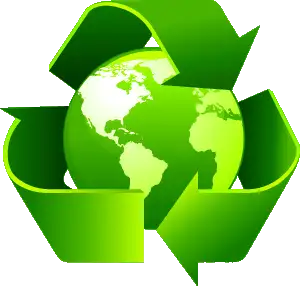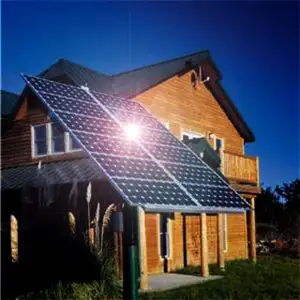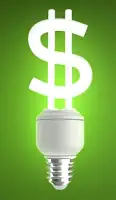Alternative Energy Geothermal - Green Energy Alternatives

Alternative energy geothermal delivers baseload renewable electricity via hydrothermal reservoirs, binary-cycle ORC turbines, and EGS, using heat exchangers, generators, and power electronics for efficient grid integration, low emissions, and stable capacity.
What Is Alternative Energy Geothermal?
It converts subsurface heat to electricity via steam or ORC cycles, generators, and grid-tied power electronics.
✅ ORC and flash steam cycles drive turbines and synchronous generators
✅ Power electronics, inverters, and transformers enable grid integration
✅ EGS, drilling, and heat exchangers expand capacity with low emissions
Geothermal energy comes from heat stored beneath the Earth's surface. Also known as thermal energy, geothermal is considered to be an alternative energy because it produces very little greenhouse gas emissions (GHG), which harm the Earth once it's generated into electricity. Geothermal wells release these greenhouse gases, but not nearly as much as its fossil fuel counterparts oil and coal. For context on how this resource fits within energy policy, see our overview of what is alternative energy to understand key definitions.
Alternative energy geothermal is a product from Earth's original formation: radioactive decay of minerals thanks to volcanic eruptions and solar energy digested and stored from the Earth's surface. Thermal energy is produced from the continuous conduction of heat that emanates from the Earth's core that moves upward to the surface. This process is known as the geothermal gradient. If you've ever had the opportunity to bathe in hot springs, you'll be glad to know that the thermal heat comes from beneath the Earth. When comparing technologies, placing geothermal alongside other alternative energy sources highlights its base-load role and unique subsurface dependence.
Alternative Energy Geothermal - How can we use it?
In practice, many integrated alternative energy systems combine geothermal with insulation and smart controls to maximize year-round efficiency.
Energy producers have been able to convert alternative energy geothermal into electricity. These same producers have high hopes for geothermal energy because power can be generated 24 hours a day, unlike other intermittent renewable energies, like wind energy and solar energy. This contrasts with the variability seen in resources such as solar power during cloudy periods or at night.
Geothermal energy can also be used to heat pumps or for other direct uses such as cooling and heating buildings. The Earth's crust temperature a few feet below is buffered to a constant seven to 14 °C (45 to 58 °F), so a liquid can be pre-heated or pre-cooled in underground pipelines, providing no-cost cooling during the summer, and with a heat pump, heating during the winter months. Other direct uses include aquaculture, agriculture (greenhouses), and industry. Project planners often consult practical alternative energy solutions to evaluate lifecycle costs and integration pathways.
Alternative Energy Geothermal - How is geothermal electricity produced?
Within the broader family of forms of alternative energy, geothermal distinguishes itself through high capacity factors and minimal fuel risk.
Geothermal energy uses Earth's natural heat to generate electricity. Geothermal plants are built on or near reservoirs that contain Earth's hydrothermal resources (underground steam and heated water). The heat mining process begins when drills penetrate these reservoirs to obtain the steam and water to power electricity-generating turbines.
There are different ways to produce alternative energy geothermal. Two popular processes include:
- Flash Steam Geothermal water with temperatures exceeding 350°F is extracted under extremely high pressure by flash steam plants. When the heated water surfaces, a sudden pressure reduction causes some of the hot water to flash off as steam. This flashed steam operates a generator, at which time, the extracted steam and water are reintroduced into the geothermal reservoir.
- Dry Steam Dry steam is extracted directly from under the earth’s surface by dry steam plants to operate a generator. When the steam condenses into water, it is then reintroduced into the alternative energy geothermal reservoir.
Alternative Energy Geothermal - Is Geothermal Energy a Sustainable Energy Source?
Alternative Energy Geothermal is considered to be sustainable, cost-effective, great for the environment and reliable. Recent advances in technology have expanded alternative energy geothermal applicable uses (such as home heating), which could lead to global exploitation. However, advances in technology, cost, government incentives and implementation of geothermal power projects will determine if alternative energy geothermal will become a viable global competitor.
Alternative Energy Geothermal - Is Geothermal Energy a Renewable Energy Source?
Scientific evidence shows that geothermal sites can provide heat for many decades, but eventually these specific locations cool down, which brings into question if alternative energy geothermal truly is a renewable energy source, since renewables are defined as green energy sources that never deplete. Understanding how geothermal fits into renewable alternative energy frameworks can help policymakers set realistic targets.











